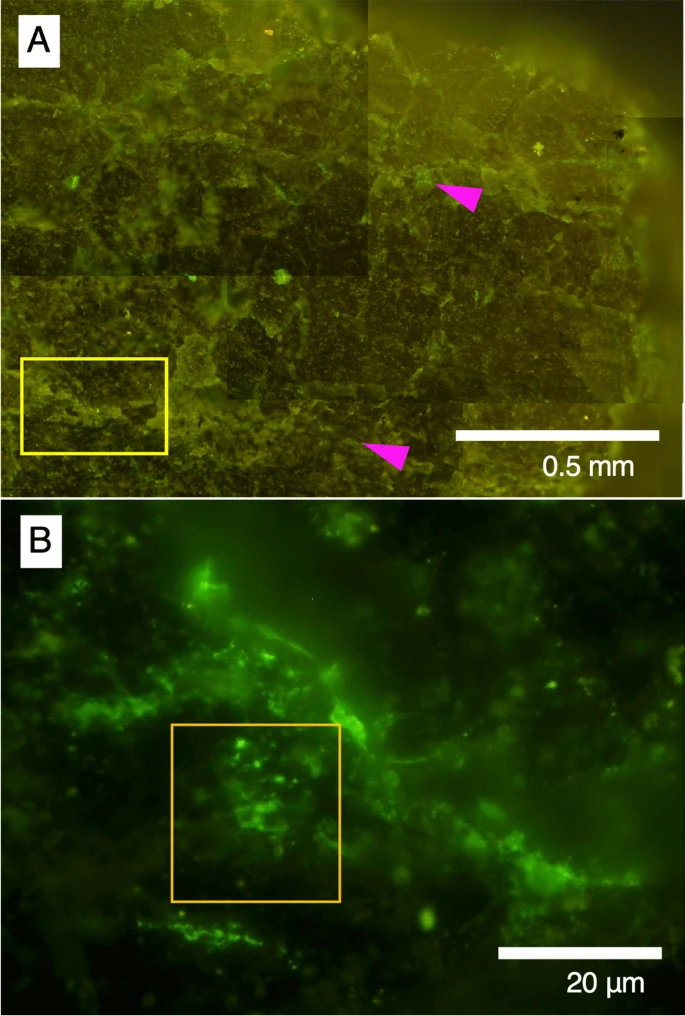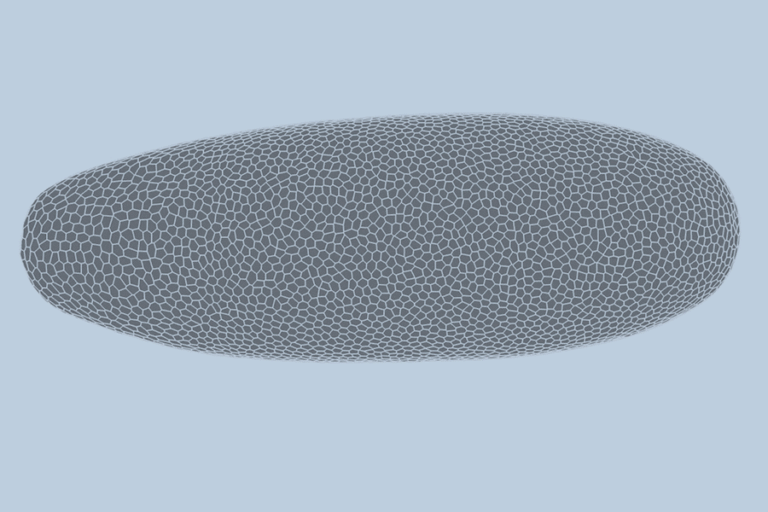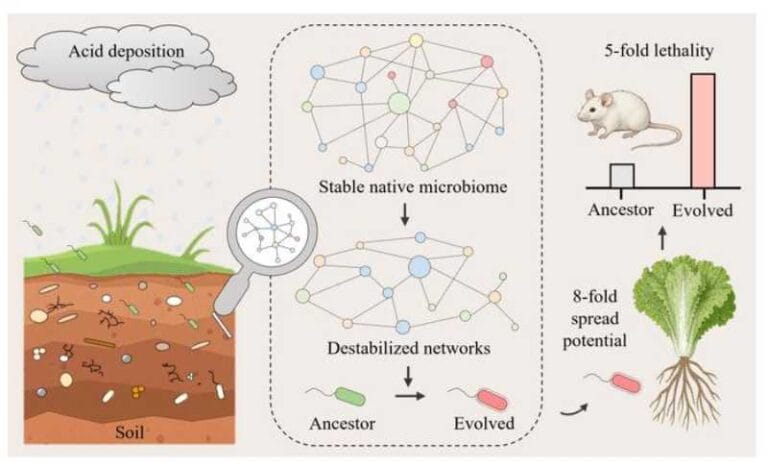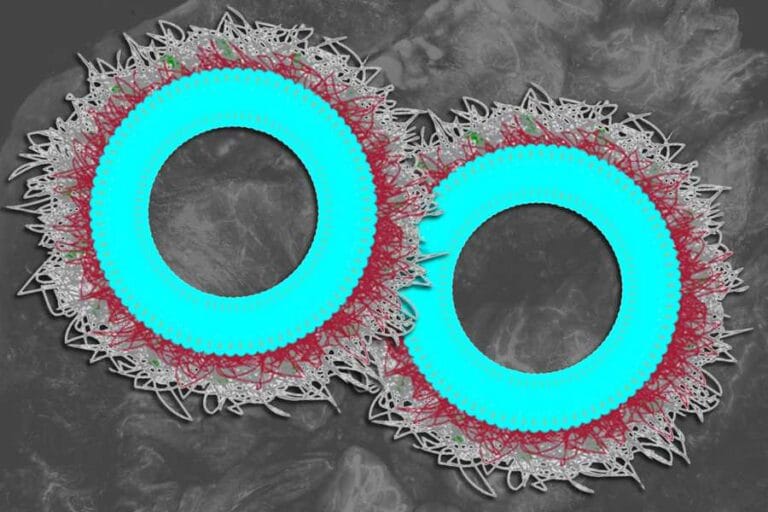2-billion-year-old rock home to living microbes

Microbes were recently identified living within sealed fractures in rocks estimated to be 2 billion years old. The samples were extracted from the Bushveld Igneous Complex, located in South Africa, a region known for its rich mineral deposits. This represents the oldest evidence to date of living microorganisms found in ancient rocks.
The research team responsible for the discovery refined imaging techniques, using infrared spectroscopy, electron microscopy, and fluorescent microscopy to confirm that the microorganisms were indigenous to the rock samples and not the result of contamination during the collection and analysis processes.
The investigation of these microorganisms could significantly contribute to our understanding of early life evolution on Earth, as well as aid in the search for extraterrestrial life in rock samples of similar age that might be brought back from Mars.
Deep within the Earth, traces of ancient life persist. Colonies of microorganisms inhabit rocks at great depths, surviving for thousands, or even millions, of years. These microscopic and resilient organisms exhibit a slowed pace of life, with minimal evolutionary change over geological eras, providing a unique window into the past. Recently, researchers identified living microorganisms in a rock sample dated to be 2 billion years old.
“We didn’t know if 2-billion-year-old rocks were habitable. Until now, the oldest geological layer in which living microorganisms had been found was a 100-million-year-old deposit beneath the ocean floor, so this is a very exciting discovery. By studying the DNA and genomes of microbes like these, we may be able to understand the evolution of very early life on Earth,” said Yohey Suzuki, lead author and associate professor from the Graduate School of Science at the University of Tokyo.
The rock samples were taken from the Bushveld Igneous Complex (BIC), a rock formation in northeastern South Africa that formed when magma slowly cooled beneath the Earth’s surface. The BIC covers an area of approximately 66,000 square kilometers (roughly the size of Ireland), with a thickness that can reach up to 9 km. This complex contains some of the richest mineral deposits on Earth, including about 70% of the world’s platinum production.
Due to its geological formation and the minimal deformation it has undergone over time, it is believed that the BIC provided a stable environment for microbial life to persist from ancient times to the present.

With the support of the International Continental Scientific Drilling Program, a nonprofit organization dedicated to funding geological exploration, the team obtained a 30-centimeter-long rock core, extracted from a depth of approximately 15 meters. The rock was cut into thin slices and analyzed, at which point the researchers identified living microbial cells densely concentrated in the fractures of the rock. The spaces near these fractures were filled with clay, preventing external organisms or elements from entering, as well as the microorganisms from escaping.
The team refined a previously developed technique to ensure that the microorganisms were native to the rock and not a result of contamination during drilling or analysis. By using stains to mark the DNA of the microbial cells and infrared spectroscopy to examine the proteins in the microorganisms and the surrounding clay, the researchers confirmed the presence of living, uncontaminated microorganisms.
“I am very interested in the existence of subsurface microbes not only on Earth, but also the potential to find them on other planets,” said Suzuki. NASA’s Mars rover Perseverance is currently due to bring back rocks that are a similar age to those we used in this study. Finding microbial life in samples from Earth from 2 billion years ago and being able to accurately confirm their authenticity makes me excited for what we might be able to now find in samples from Mars.”
The research was published in the journal Microbial Ecology.






